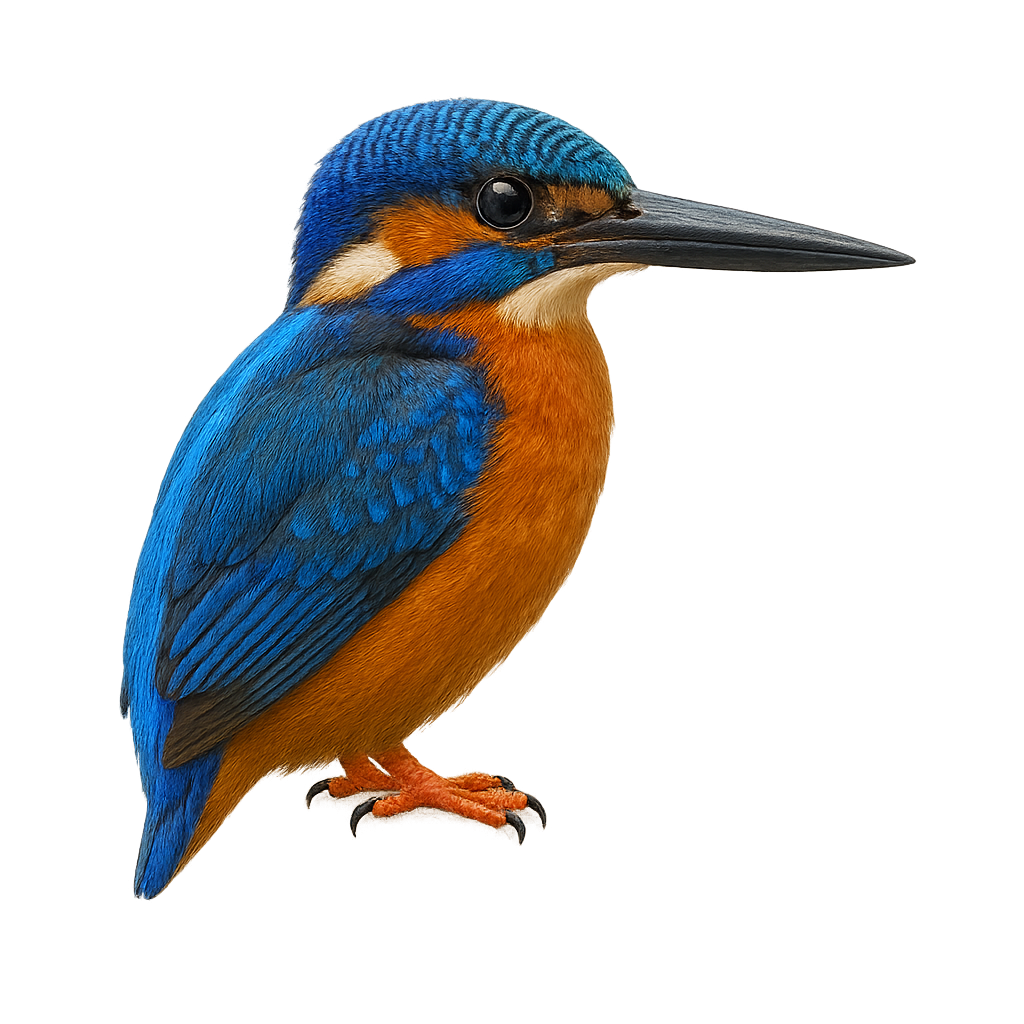Your wildlife photography guide.
Explore the blue-eared kingfisher in detail, study its behavior, prepare your shots.
Where to observe and photograph the blue-eared kingfisher in the wild
Learn where and when to spot the blue-eared kingfisher in the wild, how to identify the species based on distinctive features, and what natural environments it inhabits. The WildlifePhotographer app offers tailored photography tips that reflect the blue-eared kingfisher’s behavior, helping you capture better wildlife images. Explore the full species profile for key information including description, habitat, active periods, and approach techniques.
Blue-eared Kingfisher
Scientific name: Alcedo meninting

IUCN Status: Least Concern
Family: ALCEDINIDAE
Group: Birds
Sensitivity to human approach: Suspicious
Minimum approach distance: 10 m
Courtship display: March to April
Incubation: 21-23 jours
Hatchings: March to May
Habitat:
Tropical forests, rivers, streams
Activity period :
Primarily active during the day, with peak activity in the morning and late afternoon.
Identification and description:
The Blue-eared Kingfisher is a medium-sized bird, measuring about 16 to 18 cm in length. It is distinguished by its striking plumage, with bright blue shades on its back and wings, and an orange belly. Its long, pointed beak is perfect for catching fish, its main food source. It is primarily found in the humid tropical forests of Southeast Asia, near rivers and streams. This bird is often solitary and highly territorial. It is known for its spectacular hunting technique, diving swiftly into the water to catch its prey. Despite its beauty, it is often difficult to spot due to its discreet behavior and dense habitat.
Recommended lens:
400mm – adjust based on distance, desired framing (portrait or habitat), and approach conditions.
Photography tips:
To photograph the Blue-eared Kingfisher, it is advisable to use a telephoto lens of at least 400mm to capture detailed images from a distance. Patience and discretion are essential, as this bird is suspicious and often hides in dense vegetation. Opt for early morning or late afternoon hours to benefit from soft, natural light. A tripod can be useful to stabilize your camera, especially during prolonged shots. Finally, be ready to quickly adjust your settings to capture the bird in flight or during its spectacular dives.
The WildlifePhotographer App is coming soon!
Be the first to explore the best nature spots, track rutting seasons, log your observations, and observe more wildlife.
Already 1 430 wildlife lovers subscribed worldwide

